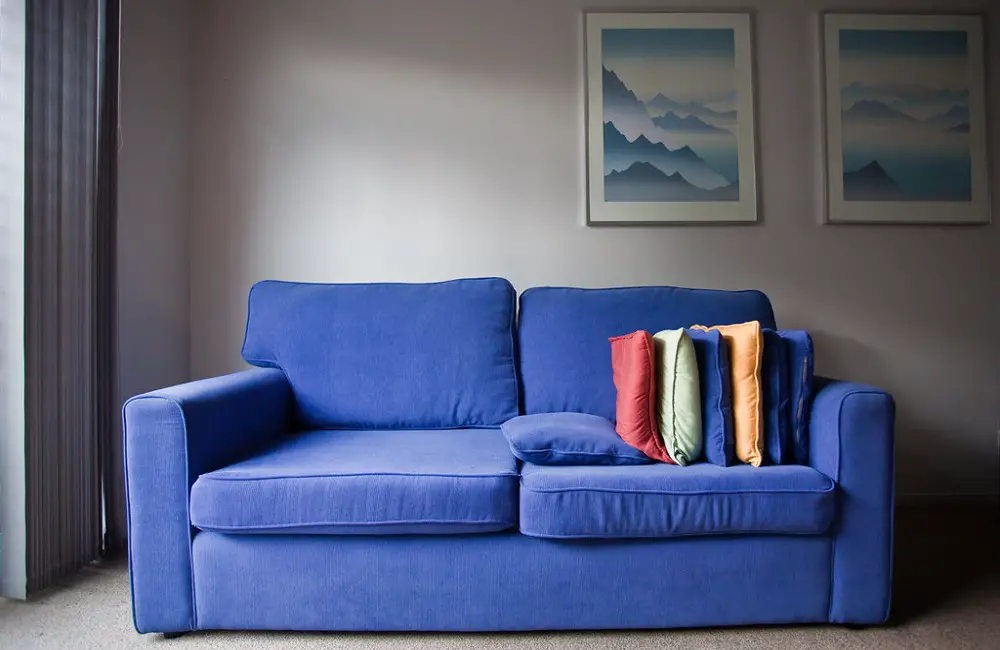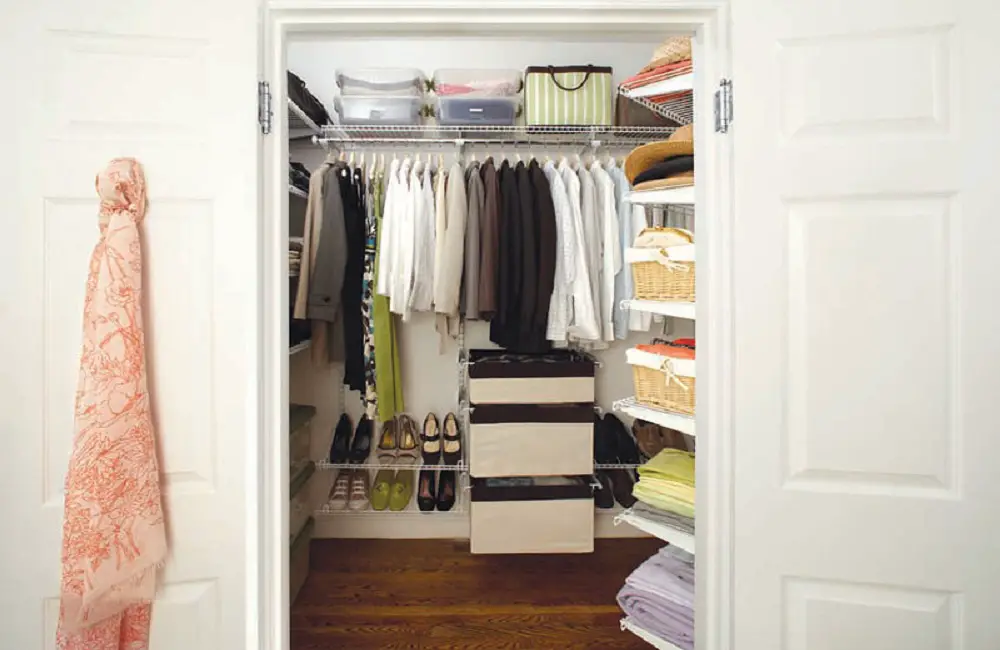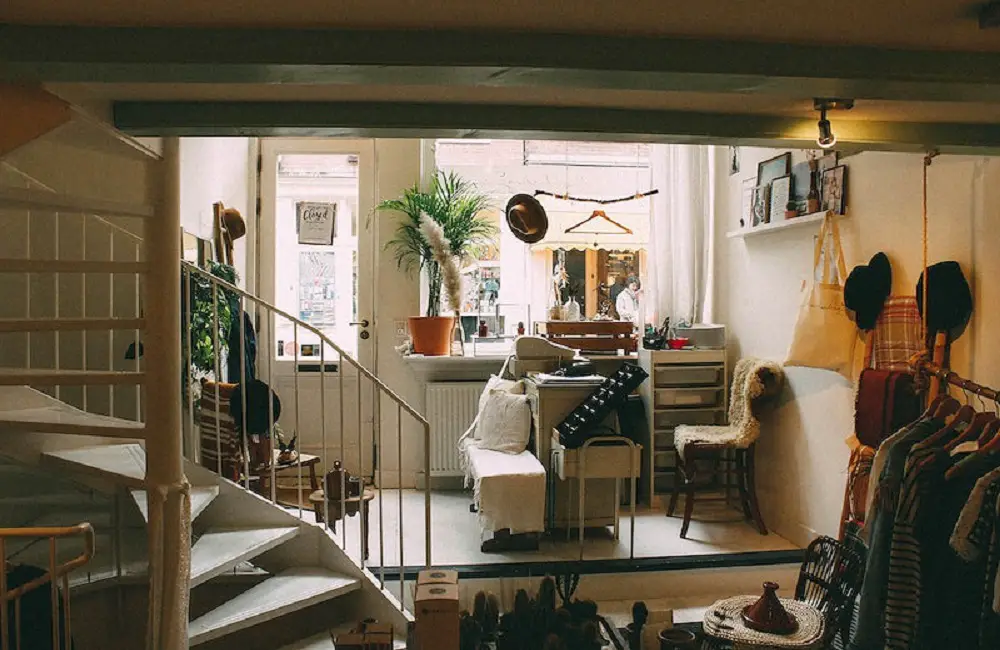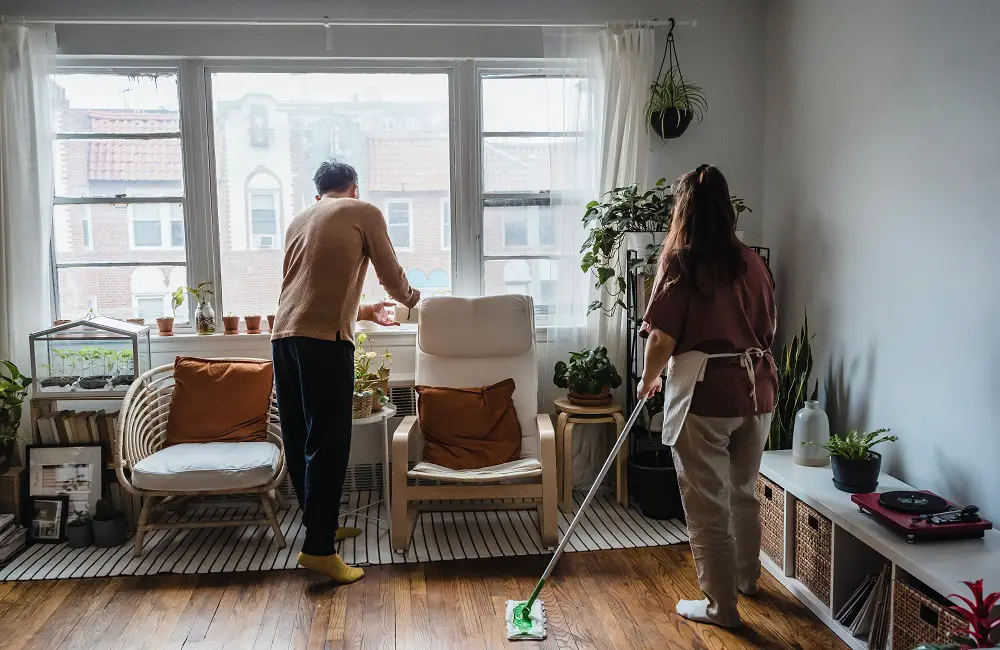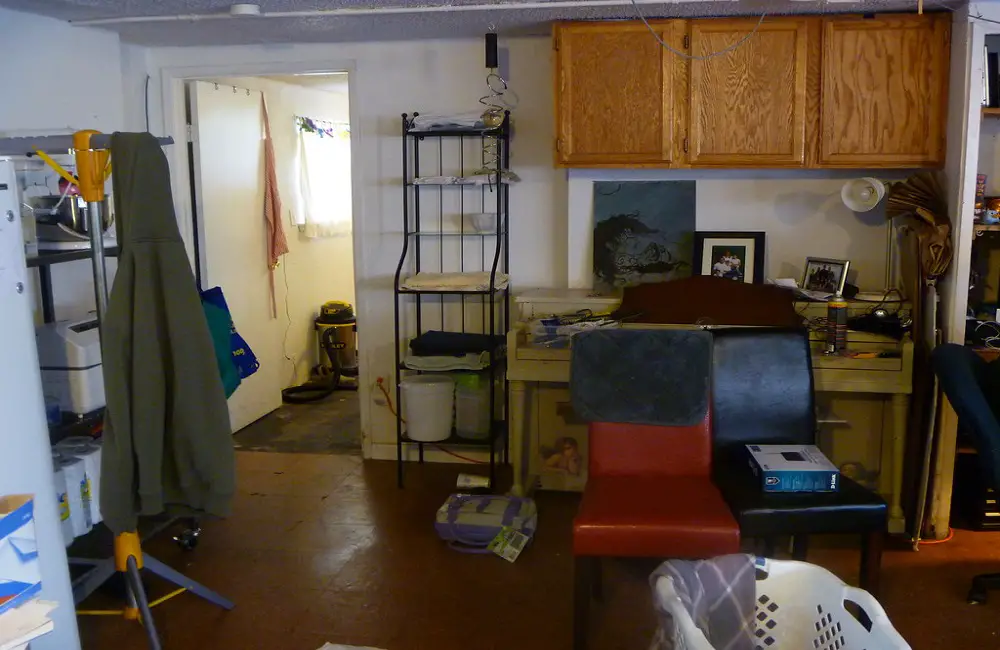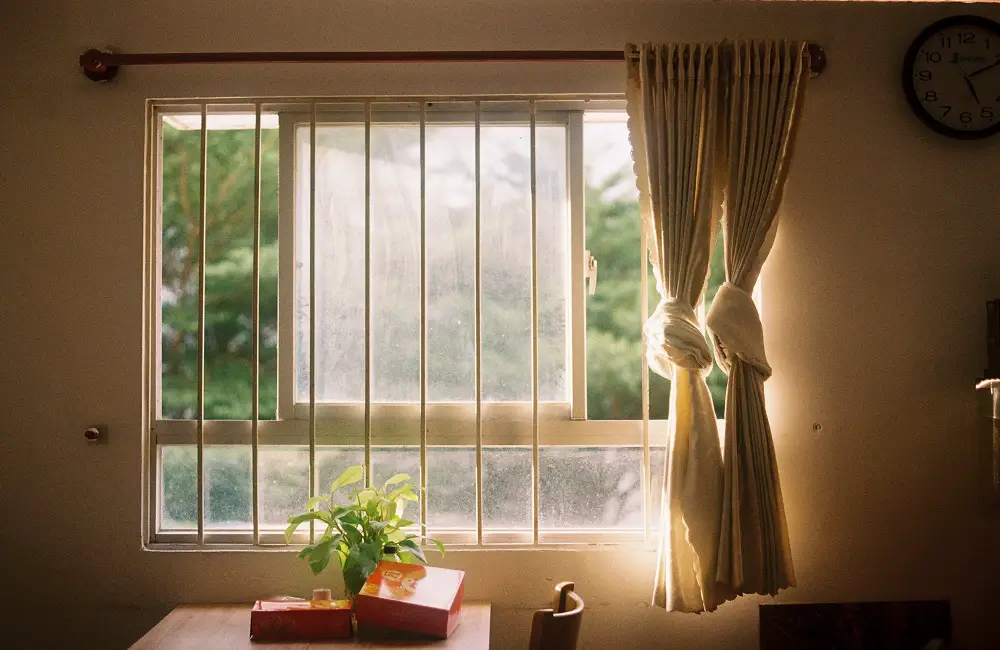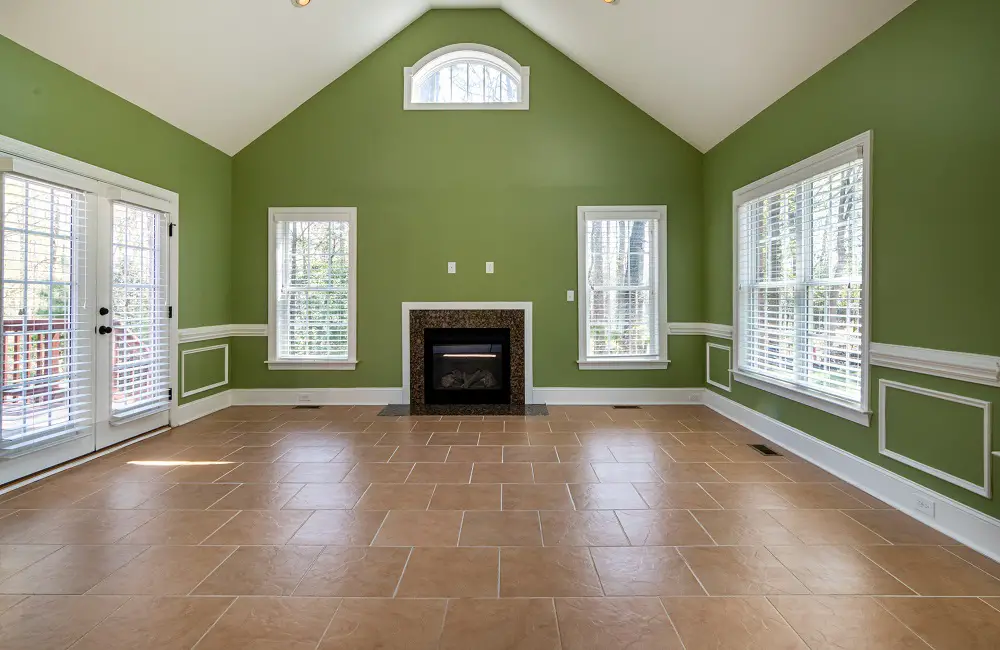8 Tips For Choosing the Perfect Sofa
Choosing the perfect sofa is a significant furnishing decision. It plays a central role in many aspects of your home life, such as relaxing after work or on the weekend, watching TV, hosting friends and family, and even taking a nap. Before investing in this key piece, it’s important to consider some top designer tips on how to select the ideal sofa that suits your home perfectly. Consider Your Lifestyle Before delving into the plethora of sofa styles available, it is crucial to carefully evaluate your lifestyle and consider your specific requirements for a sofa in your day-to-day existence. If you have a large family, a sectional sofa might prove to be the optimal choice for you. On the other hand, if you have pets or young children, it would be wise to opt for upholstery made from stain-resistant performance fabric. Additionally, if relaxation and comfort are of utmost importance, it would be worth exploring motion sofa styles that offer reclining capabilities. By approaching your shopping experience with a clear understanding of your essential preferences, you will save both time and energy. Determine Sofa Orientation In order to make an informed decision before going shopping, it is important to consider the orientation of a sofa in your space. Determine whether you will be placing the sofa against a wall or if it will be displayed in the center of a room, with its back exposed. Additionally, if you are interested in a sectional, think about where you want the corner piece to be positioned. Having clarity on these details will allow you to easily eliminate any options that do not align with your specific requirements. Measure, then Measure Again It is crucial to emphasize the significance of measuring multiple times during the sofa selection process. This step is prone to errors, making it essential to ensure a precise understanding of the dimensions your space can accommodate, including the length, height, and width of the sofa. Additionally, it is advisable to take measurements of doorways and hallways, as a sofa that appears perfectly sized for the living room may pose challenges when attempting to navigate through the front door or narrower stairwell landing spaces. Maintaining strategic attention to detail when considering these factors will help guarantee a successful and seamless sofa integration into your living space. Be Selective with Upholstery Fabric/Leather Type When selecting upholstery fabric or leather type for your lifestyle, it is vital to make the right choice. As mentioned earlier, if you have pets or small children, it is wise to opt for a performance fabric selection, which offers increased durability and resistance to stains. Additionally, it is important to conduct thorough research on the upholstery fabric or leather type for any sofa you are interested in. This should include reviewing cleaning codes and upkeep recommendations to ensure proper maintenance. Taking these factors into consideration will help you make an informed decision that aligns with your needs and preferences. Pick Out A Color That Works With Your Space When it comes to one of the most significant decisions of all, choosing the color of your sofa, a myriad of possibilities open up. You have the option to go for a vibrant shade that makes a bold statement, a detailed pattern that catches the eye, or a dependable neutral that blends seamlessly with any decor. The beauty of this decision lies in its subjectivity – there is no right or wrong choice as long as it resonates with your personal taste and withstands the test of time, ensuring your long-lasting satisfaction for years to come. Choose a Style That Suits Your Home When selecting a sofa for your living space, it is important to consider the existing furniture style. If your side chairs, cocktail table, and console have a more traditional flair, we suggest choosing a sofa that aligns with this style. On the other hand, a contemporary home usually calls for a modern sofa to create a cohesive and appealing look. However, you have the freedom to mix and match styles based on your design comfort level. The key is to ensure that the end result makes a statement and maintains a cohesive aesthetic. Be Mindful Of The Arm Style The arm styles of a sofa should never be overlooked as they play a significant role in the overall design. There are various options available, including winged silhouettes, clean-lined angles, rolled armrests, and oversized or undersized arms. Each style brings unique benefits and aesthetics to the sofa. It is essential to thoroughly test the arms of any sofa of interest to ensure they possess the desired qualities of sturdiness and firmness. Taking these factors into consideration will help you select a sofa that meets your specific needs and preferences. Test The Seat Cushions When it comes to seat cushions, there is a wide variety of shapes and sizes available. If you are in the market for a comfortable and inviting piece, consider opting for a cushion with a soft and plush feel that allows you to sink right in. On the other hand, if you are shopping for a more formal sitting area, it may be advisable to choose a cushion that offers firmer support and maintains its shape. Wrapping Up A sofa is an investment that you will live with for several years. When choosing a sofa, consider the size of your space, your style, the material, the comfort, the color, the frame, the functionality, and your budget. A perfect sofa should not only be comfortable but also functional and stylish. With these 8 tips, you should be able to pick the perfect sofa for your living room.
8 Tips For Choosing the Perfect Sofa Read More »

